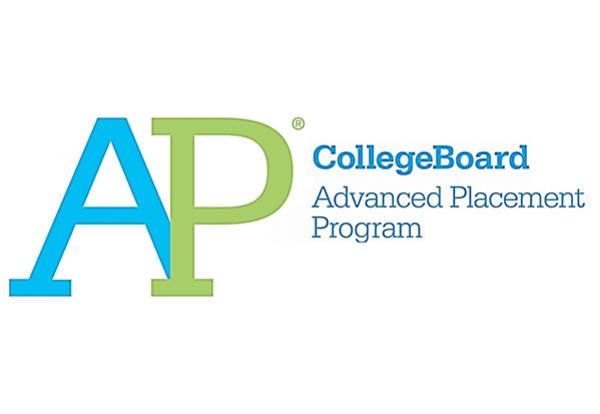 In 1955, Disneyland opened in Anaheim. Originally built on 160 acres of orange groves, Disneyland has become one of America's most iconic and visited theme parks. In 1928, Walt Disney released the first animated film with sound, Steamboat Willy, which features Mickey Mouse. As Disney made longer, feature-length animated films for children, his popularity grew. Snow White, Dumbo, Fantasia, and Bambi were only some of the 170 films he produced.
In 1955, Disneyland opened in Anaheim. Originally built on 160 acres of orange groves, Disneyland has become one of America's most iconic and visited theme parks. In 1928, Walt Disney released the first animated film with sound, Steamboat Willy, which features Mickey Mouse. As Disney made longer, feature-length animated films for children, his popularity grew. Snow White, Dumbo, Fantasia, and Bambi were only some of the 170 films he produced.Disney's popularity grew with each film, which compelled him to begin construction of a theme park. On its opening day, thousands of uninvited people arrived and were admitted to Disneyland. The park was not ready for the public, though, and food and drink ran out, a woman nearly got stuck on Main Street's wet asphalt, and the Mark Twain steamboat almost flipped over.
Disney was determined, though, to make the park "the happiest place on Earth," even with these obstacles. The park recovered and attracted visitors each year, all of whom were intrigued by rides like Mr. Toad's Wild Ride. A popular place for family vacations, Disneyland embodied the family culture of the 1950s and 1960s.
The development of Disneyland significantly changed how Americans viewed leisure and vacations. At its grand opening, Disney said that the park is "dedicated to the ideals, the dreams, and the hard facts that have created America." He believed any American could achieve their dreams with hard work, and maybe a little splash of magic. Although this is a highly idealistic and optimistic perspective, Disney certainly achieved his dreams. By 1957, ten million people visited Disneyland.
As President Eisenhower built highways connected the country and as cars became more affordable and common, millions of Americans would drive to Disneyland for a magical family trip. With these highways, getting to Disneyland was easy and convenient for nearly everyone on the west coast. As air travel expanded (although it was not very accessible), transportation was quicker and easier. This increased efficiency led to the decline of many cities on historic American roads, like Route 66. With amusement parks like Disneyland, more and more Americans focused less on the journey and more on the destination.
Disneyland has only gotten larger over time. Disney World opened in Florida a decade later, and today, Disney parks are worldwide. Even though Disneyland isn't the biggest or most extravagant amusement park, it's the original and it's extremely iconic. Since its opening, 710 million visitors have gone to Disneyland to make their dreams come true at the happiest place on Earth.
Sources:
https://www.history.com/this-day-in-history/disneyland-opens
https://disneynews.us/disney-parks-attendance/
https://www.adayinlatours.com/the-history-of-disneyland/
https://www.thesun.co.uk/tvandshowbiz/2304983/walt-disney-films-death-body-cryogenically-frozen/






